Kategori: In English
-
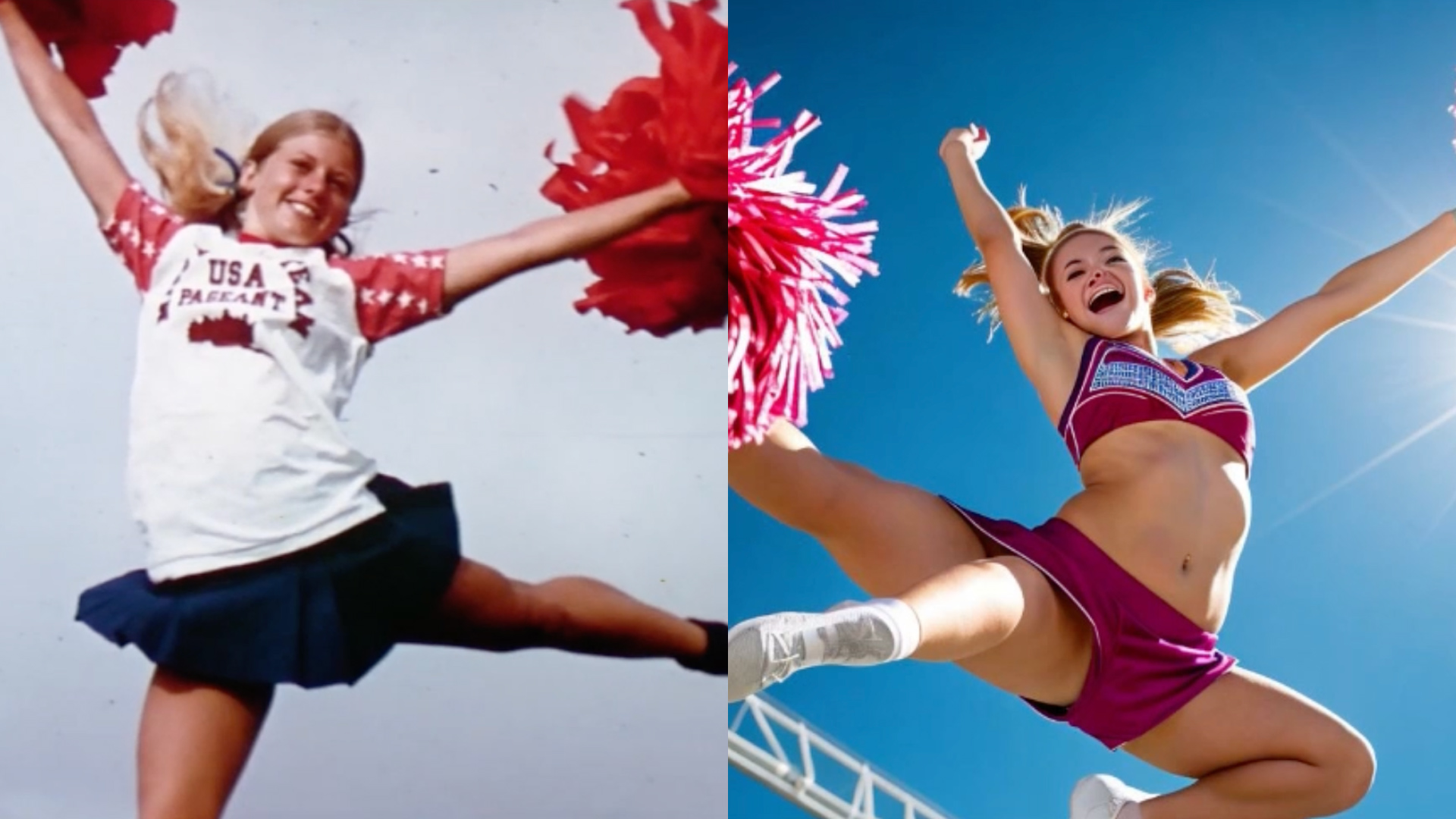
The ParAIax View
VIDEO-ESSAY. What happens when AI remakes one of cinema’s most haunting political thrillers? In “The ParAIax View”, Ariel Avissar collaborates with AI text and image generating tools to restage the infamous montage sequence from The Parallax View (1974), reflecting on the generative and unsettling potentials of human–machine co-authorship.
-
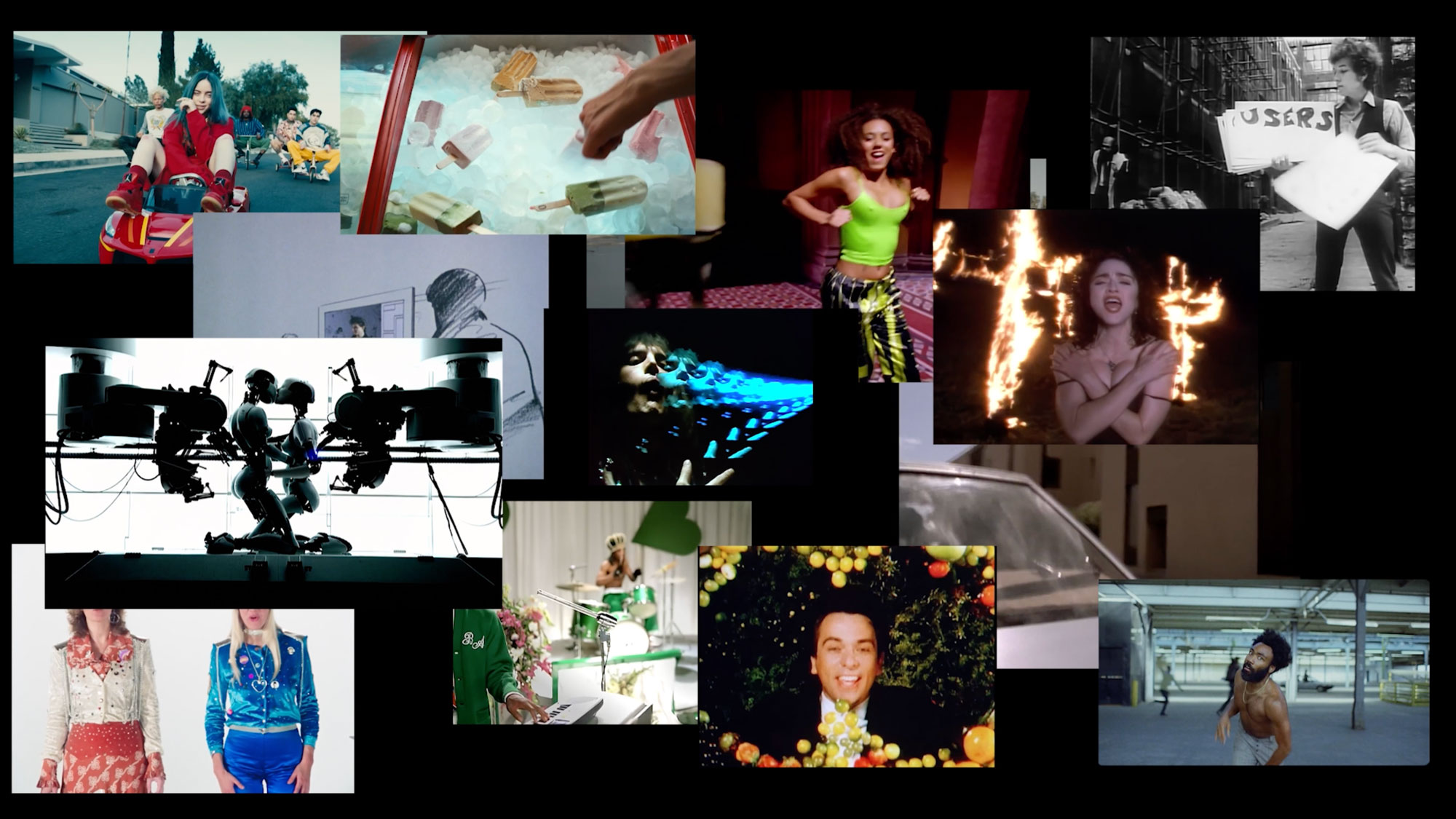
The History of Music Video in 169 Seconds
169 SECONDS. Past music video scholarship has only rarely touched upon the issue of canonization and accordingly there have been almost no discussions of which music videos that could amount to canonical status. In this brief video essay and accompanying written article, Mathias Bonde Korsgaard aims to redress this lack and asks whether you can recount the entire history of music video in a mere 169 seconds.
-
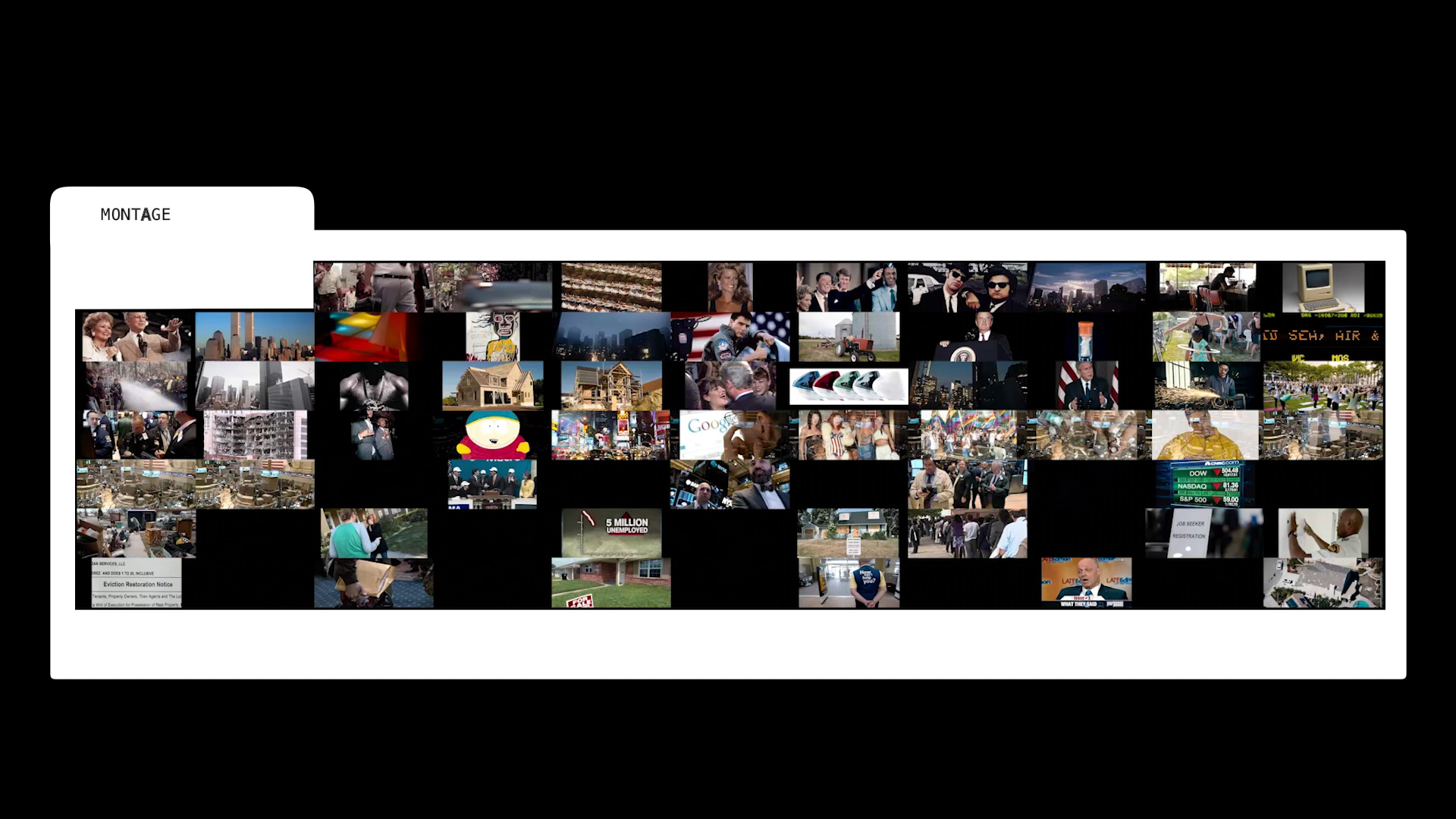
Classif. & Me (Laird’s Constraint)
VIDEO-ESSAY. ‘Classif. & Me’ analyses the opening montage from The Big Short (Adam McKay, 2015) and is modelled on the analysis performed by Colleen Laird of Helter Skelter (Ninagawa Mika, 2012) in her virtuoso 2023 video essay ‘Eye-Camera-Ninagawa’. Riffing on Laird’s work allows Alan O’Leary to protest and playfully satirize certain scientific aspirations in videographic criticism.
-
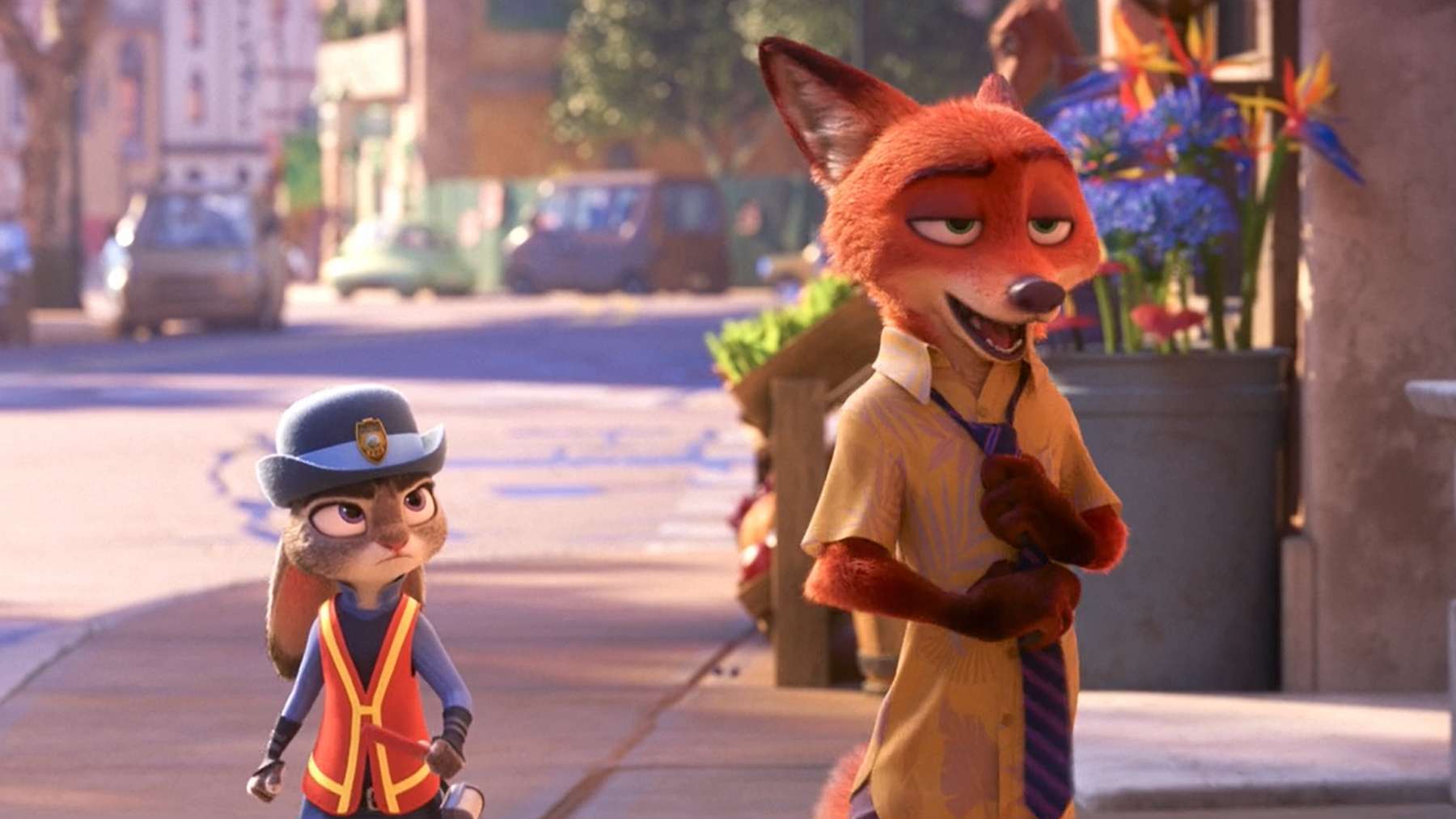
Lost in Standardization: How the Danish Dubbing of Zootopia Diminishes the Film’s Message
FEATURE. The Danish dubbings of Disney’s animated films are typically faithful to the originals and accomplished in their own right. There is, however, one aspect of the original English voice performances that they rarely capture, which is their creative use of different accents and dialects. Taking Zootopia (2016) as his example, Jens Kjeldgaard-Christiansen examines how the resulting lack of linguistic diversity can compromise not just a film’s characterization, but also its narrative cogency and thematic impact.
-
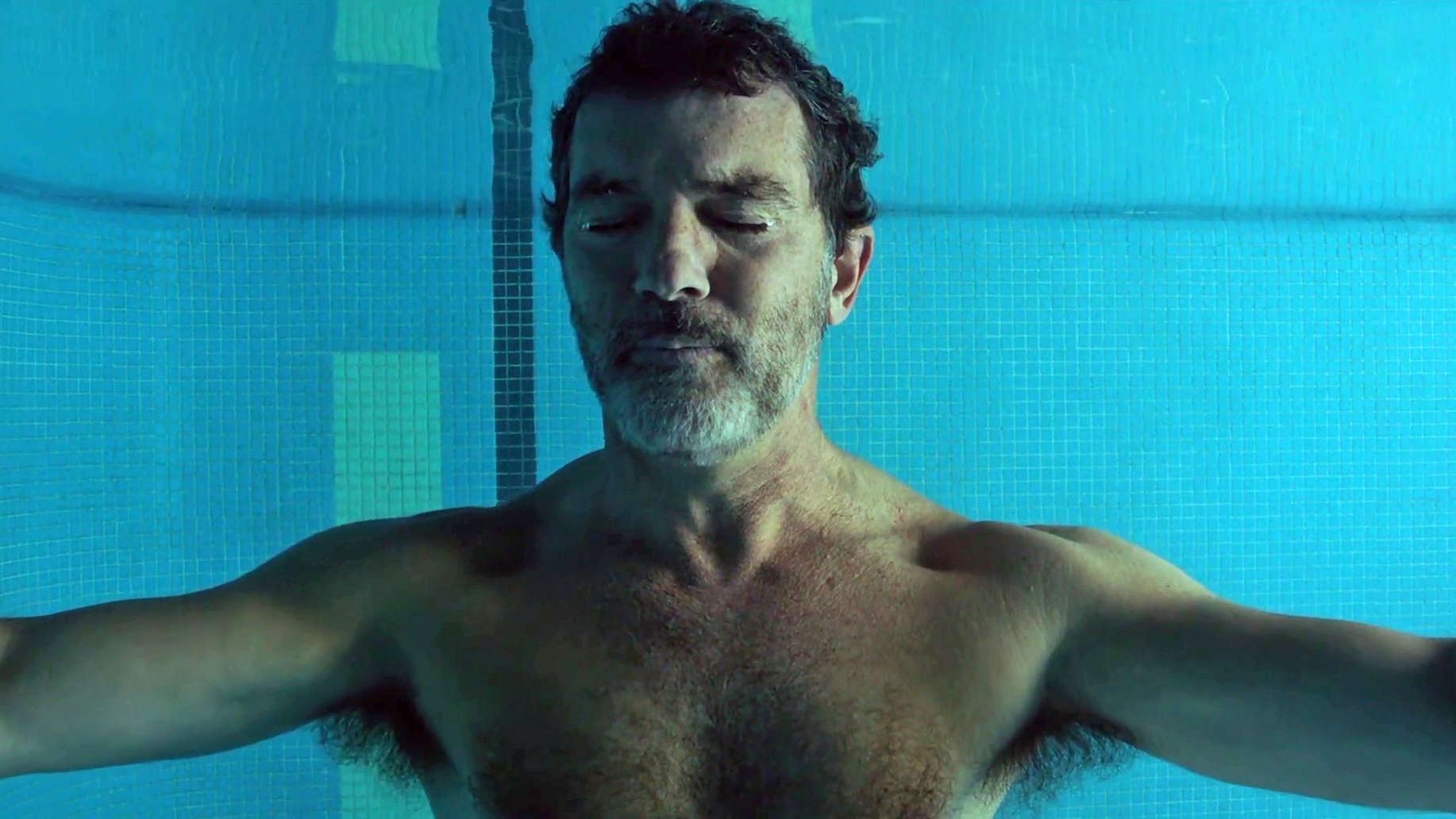
Fabricating Almodóvar: Pain & Glory
169 SECONDS. This audiovisual essay approaches the intimate link between artistic invention and queer emotion in Pedro Almodóvar’s films Law of Desire (1987), Bad Education (2004) and Pain & Glory (2019). It combines visual and music excerpts from these three films to illustrate the dual role of memory as a creative tool and emotional support in navigating the undesirable present.
-
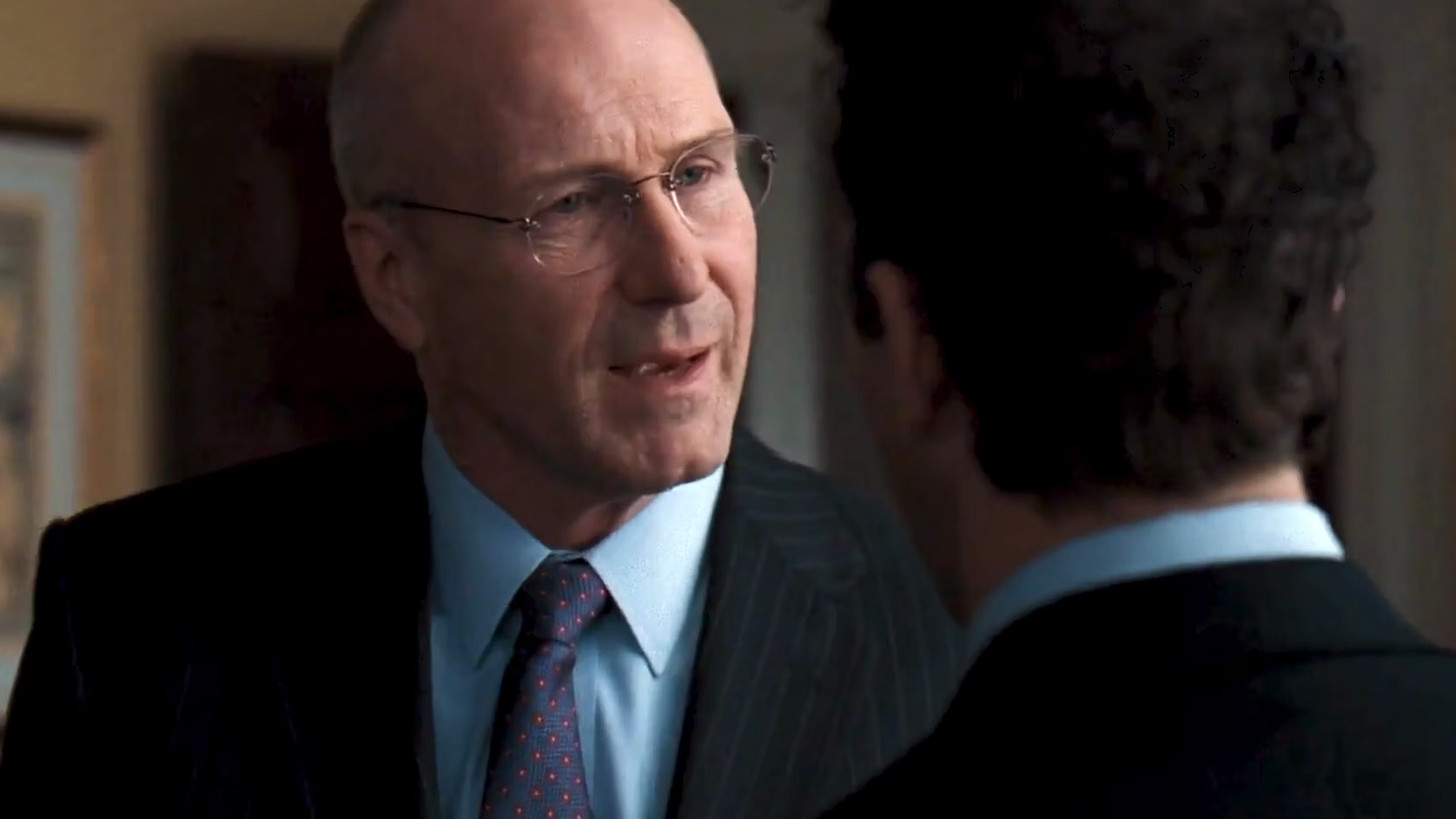
169 Seconds: 2008 – A Crisis Glossary
169 SECONDS. Alan O’Leary’s 169 Seconds: 2008 – A Crisis Glossary deals with two films on the 2008 financial crash, Too Big To Fail (2011) and The Big Short (2015). The video essay ambivalently foregrounds the pleasure that the films provide by granting access to a masculine world of jargon and capital. Financial terms are combined alphabetically for an absurd experience that perhaps makes a nonsense of its subject.
-
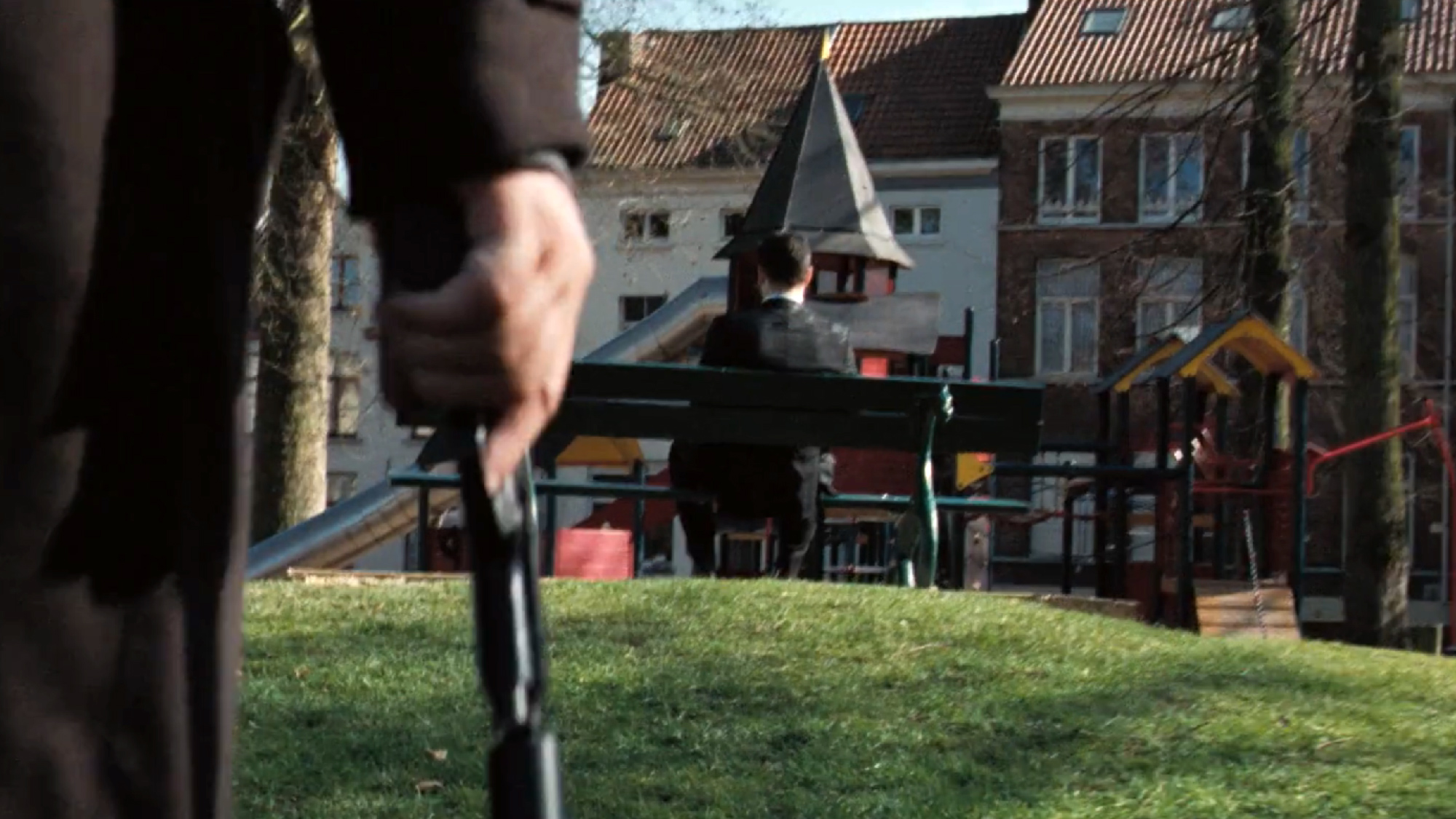
169 Seconds: In Bruges and What It Means to Be Human
169 SECONDS. What does it mean to human? Martin McDonagh’s In Bruges about two out-of-luck hitmen is a bleak and humorous genre film that seeks to answer that question. The film is essentially a tale of compassion and love in the face of absurdity and frailty. In this jubilee instalment of 169 Seconds Jesper Haarup Borchmann highlights the humanism of In Bruges.
-
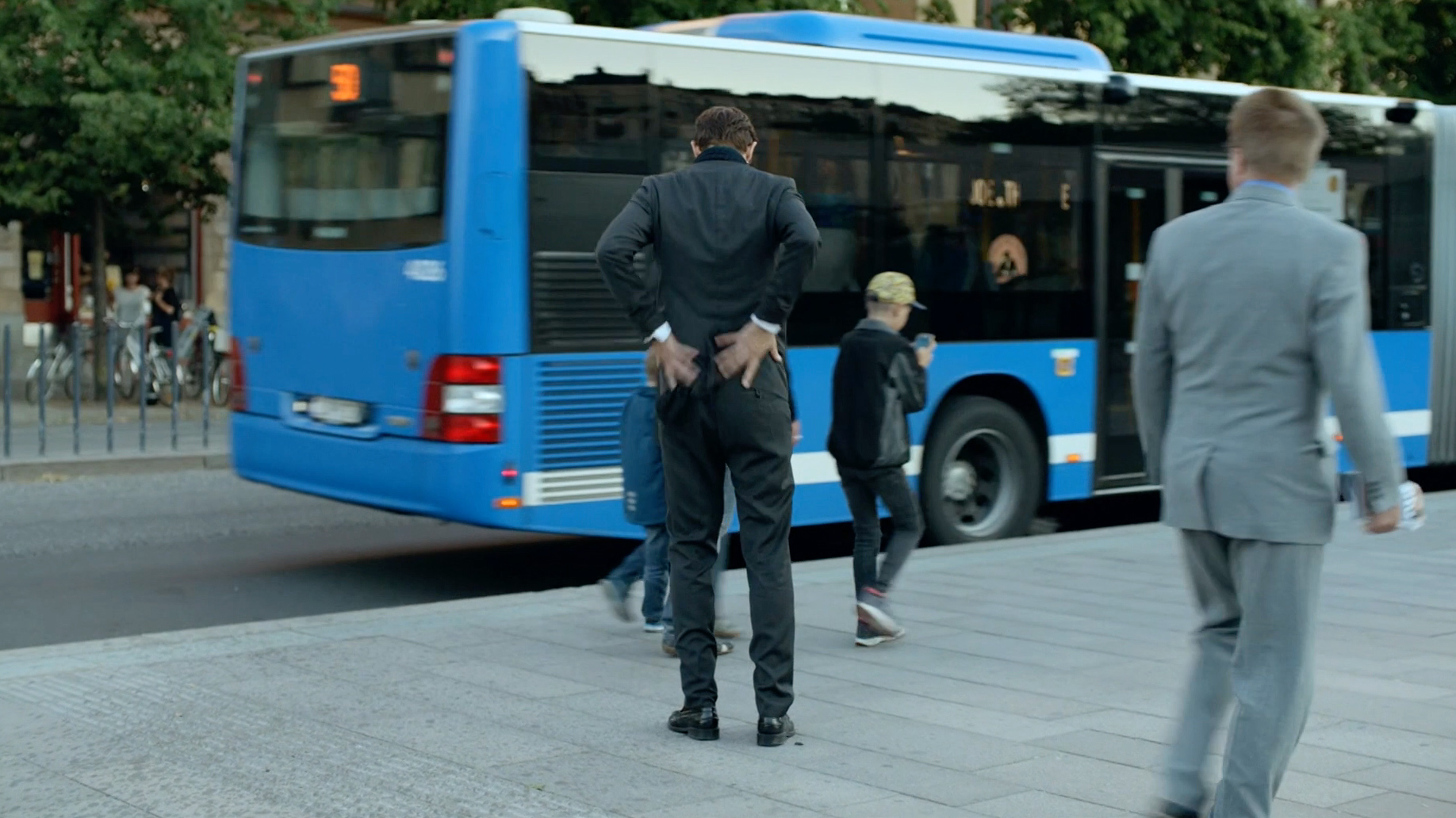
169 Seconds: Causality in The Square
169 SECONDS. Film narratives often follow a logic of causality, with one incident naturally leading to another. In Ruben Östlund’s The Square (2017) we seem to witness such typical relations of cause and effect, yet the narrative gradually spirals out of control: actions do have consequences, but in the truly plural sense of one action leading to more than one outcome. In this jubilee installment of 169 Seconds, Mathias Bonde Korsgaard explores the film’s narrative mechanisms.
-
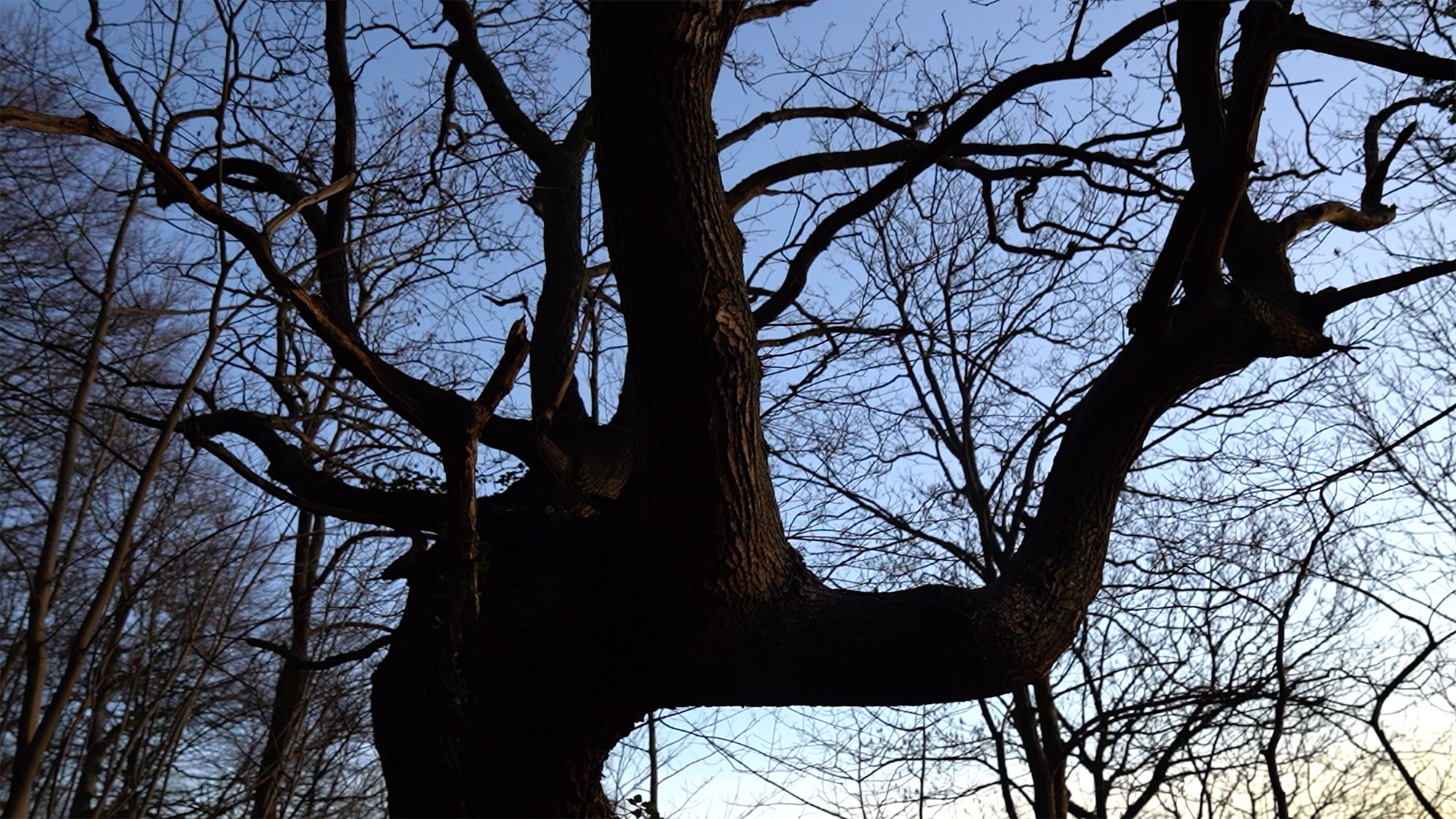
169 Seconds: What tree trunks really look like
169 SECONDS. What is it that filmmaking does to our relation to time and place? In this installment of the jubilee series of 169 seconds, Steffen Moestrup embarks on a small essayistic journey along with Margaret Tait to reflect on the question of cinematic – and worldly – time and place.
-
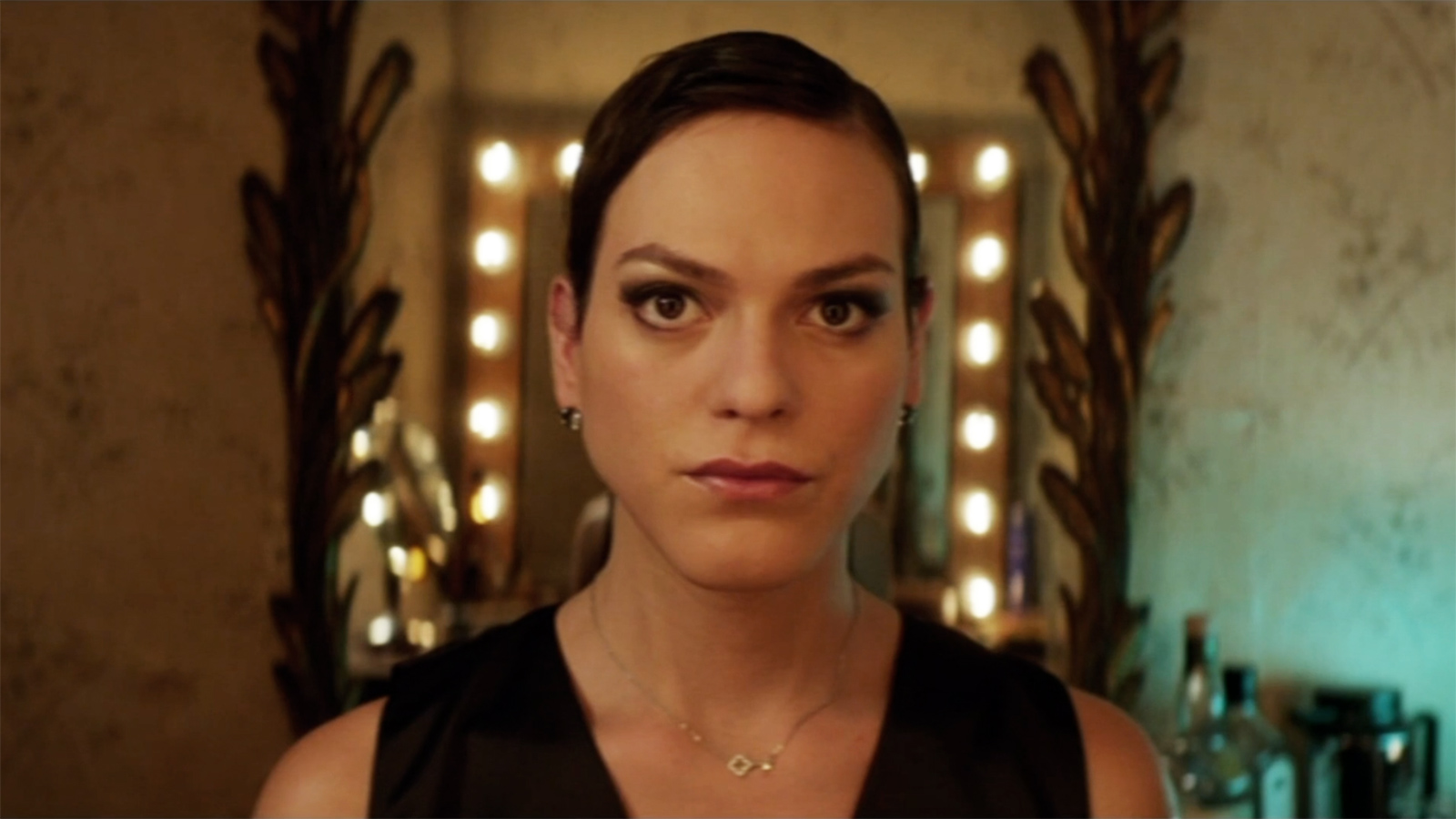
169 Seconds: Una mujer reflejada / A Reflected Woman
169 SECONDS. In this installment of our jubilee series of 169 Seconds, Catherine Grant collects mirror and reflection sequences from the 2017 Chilean film Una mujer fantástica and ponders their significance in this narrative of queer melancholia and mourning. The film stars Daniela Vega, a trans actress and mezzo-soprano, who, in the closing moments of the film, sings the song that accompanies the essay: “Ombra mai fu”, the opening aria from Händel’s 1738 opera Serse.
-
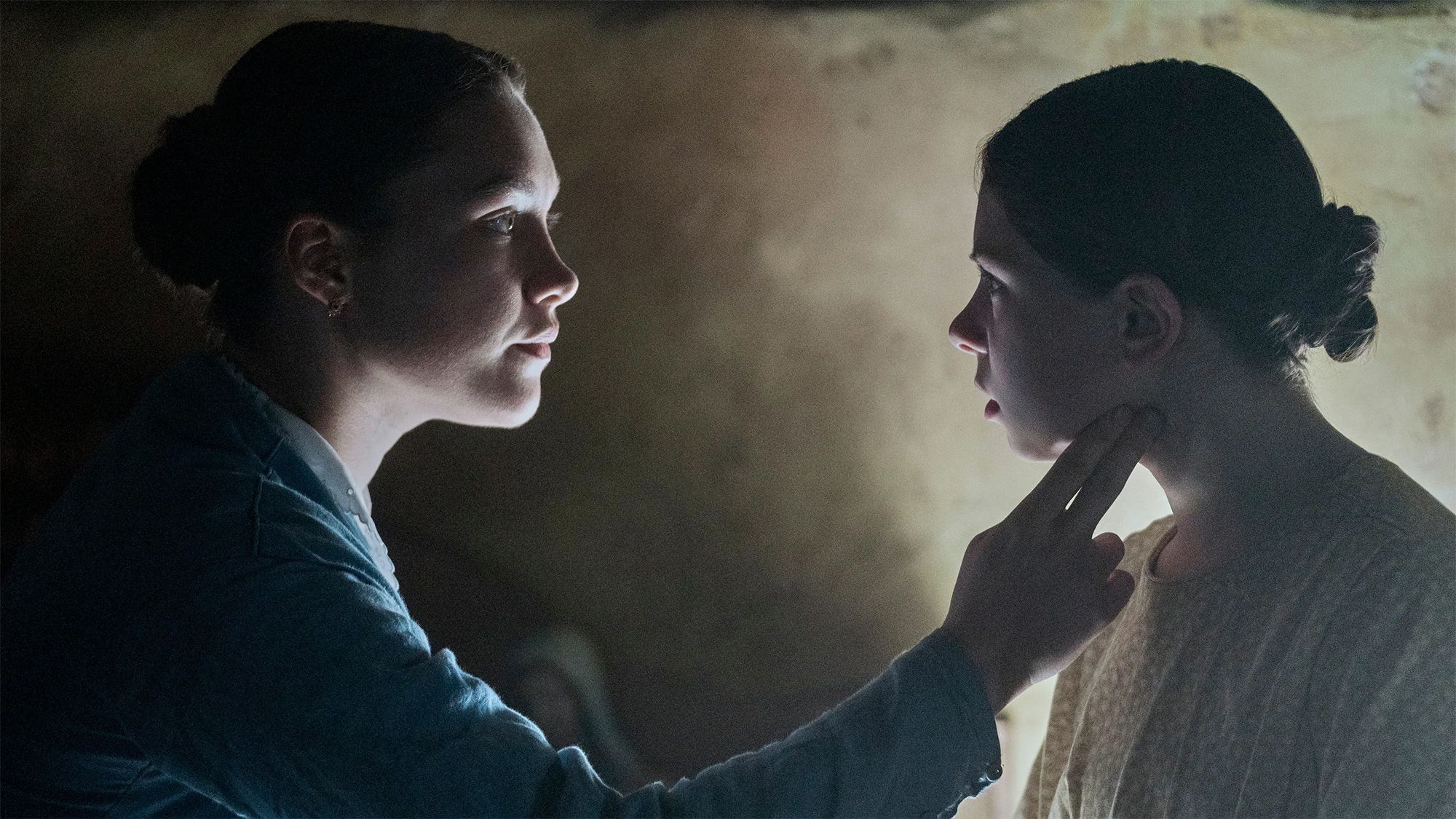
169 Seconds: The Wonder of Illusory Depth Cues – the use of depth cues in the opening scene of Sebastian Lelios The Wonder
169 SECONDS. In Sebastian Lelios The Wonder from 2022 the initial camera movement quite literally takes us from the film studio where the film is shot and into the world of the English nurse Elizabeth Wright in 18th century Ireland. Do you wonder how?
-
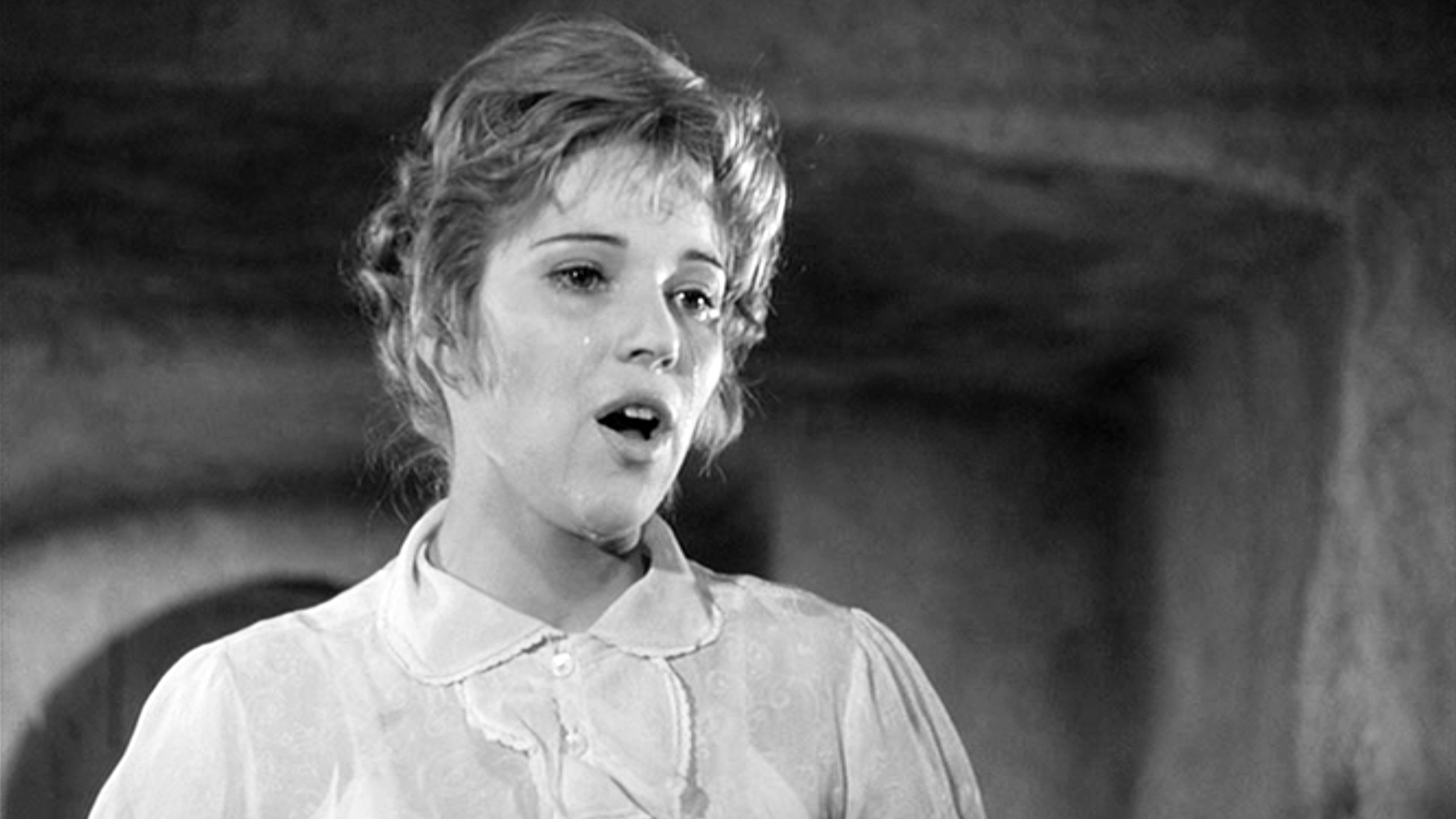
Stanley Kubrick’s Paths of Glory: The tavern scene viewed in a yin/yang perspective
FEATURE. Paths of Glory (1957) is one of the best anti-war films ever made as well as Stanley Kubrick’s first masterpiece. It also contains one of the most highly praised film endings. Drawing on a particular form of complementarity, non-doing/doing, Richard Raskin sheds new light on this classic ending.
